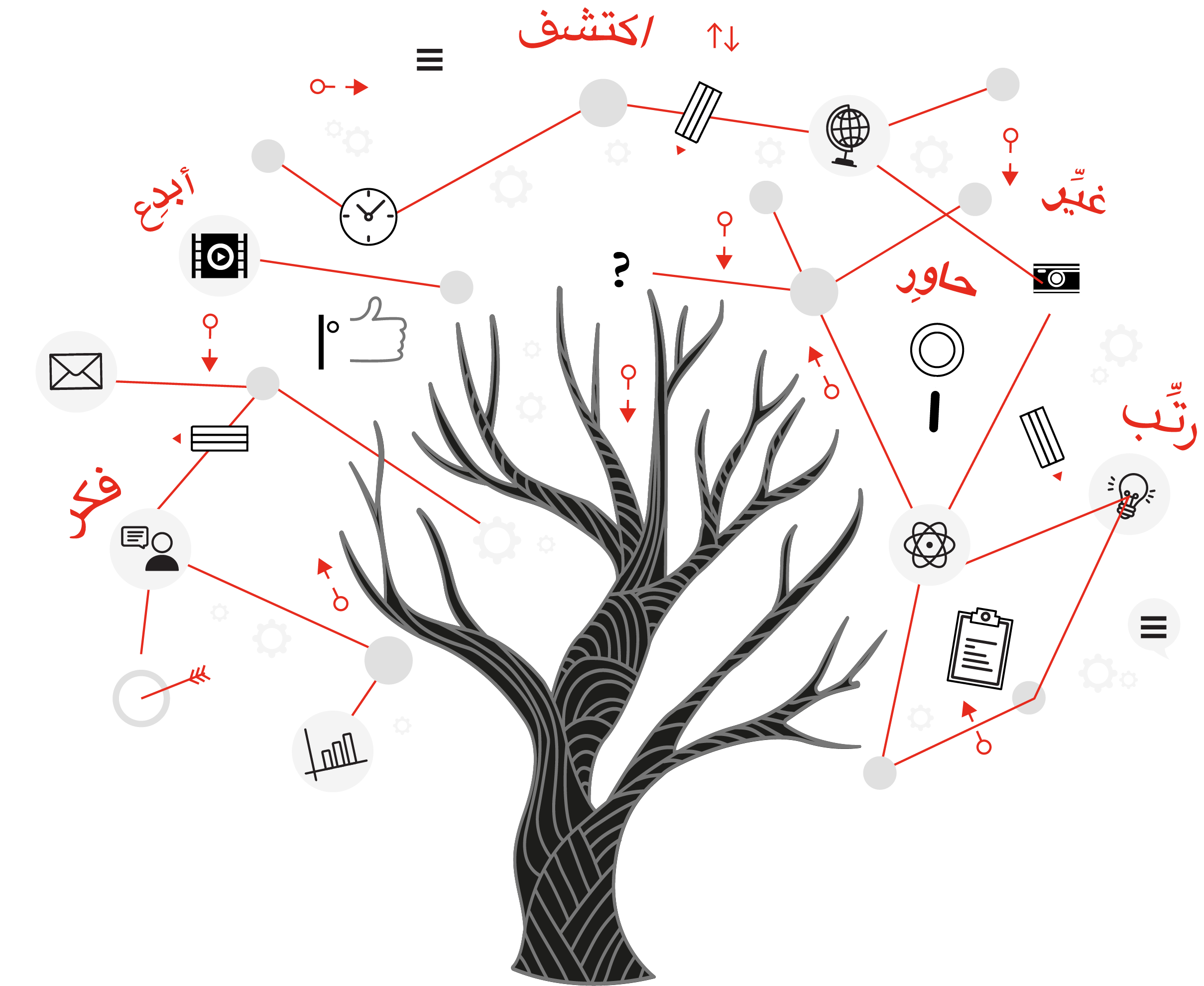Here’s what your anger is telling you — and how you can talk back
Timo Kuilder
The last time you got peeved, ticked or just plain enraged, did you stop and listen to what your mind was telling you?
Ryan Martin, psychology professor at the University of Wisconsin, Green Bay, has spent his career doing just that. Turns out, the thoughts that we have in response to the first flare of anger are what can send us over the edge — or help us harness the emotion for good, Martin says.
Despite the trouble that it can cause, anger is not actually bad for us. From an evolutionary perspective, it plays an important role in our survival, Martin says: “It helps alert us to the fact that we’ve been wronged.” When your heart starts to pound and your face gets hot, that’s anger increasing your blood flow in preparation for a showdown. “It’s our fight or flight response, kicking in to energize us to confront injustice,” he explains.
Anger only becomes a problem when we can’t manage it — and it manages us instead. Martin saw this growing up. “There was sort of a running joke in my family about the ‘Martin temper’,” he recalls. “Especially the males in my family, who had a short fuse.” As a child, he cringed as his father snapped at waiters in restaurants; later, when he volunteered at a shelter for at-risk youth in college, he saw teens who’d gotten into trouble because they couldn’t control their anger. By the time he was doing his PhD in counseling psychology, he knew that he wanted to help people handle this essential emotion.
Managing your anger, it turns out, is all about managing your thoughts.While a blast of rage may inform us of a threat — even if it’s just to our reputation — it’s the thoughts we have following it which determine how we respond. That’s why strategies like cognitive behavioral therapy, which teach people healthier thought patterns, can be so successful.
So Martin decided to dig into the thoughts behind anger and find out: What are the angry thoughts that drive people to act out? Could some be more damaging than others? And he set out to develop a scale for measuring and characterizing these thoughts.
He and his advisor Eric Dahlen began by conducting surveys that asked people to tell them about the last thing that made them angry. “We wanted it to be as realistic as possible,” he says. From this data, they devised various hypothetical scenarios that result in angry feelings, like having someone cut in front of you in line at the grocery store. Then, based on the theoretical work of cognitive behavioral therapy experts such as Aaron Beck and Jerry Deffenbacher, they scripted thoughts that people were most likely to have in response to the scenarios. Martin and Dahlen honed the questionnaire through pilot studies, discarding situations that weren’t infuriating enough and thoughts that participants couldn’t relate to.
The final product is called the Angry Cognitions Scale (ACS). To take it, a user reads a set of nine blood-boiling scenarios and rates how likely they are to have each of six possible reactions. The ACS helps users identify which of six standard thoughts they’re most likely to have when they’re angry. Recognizing whether we have unhelpful angry thoughts and understanding our particular type of angry thoughts allows us to be more conscious and alert for the knee-jerk reactions that could be hurting us.
Although we tend to think our emotions and thoughts are unique, they’re not. Angry thoughts are surprisingly universal, and they tend to repeat themselves, according to Martin.
Take this rage-inducing situation: “You are driving through a residential area when someone backs their car out of a driveway and nearly hits you.”
The Scale offers six possible reactions:
- “They did that just so I’d have to stop.”
- “They almost totaled my car.”
- “Nobody knows how to drive anymore.”
- “I was here first. They shouldn’t have gotten in my way.”
- “That dumb jerk!”
- “He must not have seen me.”
The last reaction is considered by Martin to be “adaptive,” meaning it is more likely to calm you down, while the first five are considered “maladaptive.” Those tend to make you even more angry about the situation, which could end up driving you to react in a way that you later regret. What’s more, each of these maladaptive reactions contains a fallacy about reality, mistaken beliefs that are so universal they even have names in cognitive behavioral psychology.
“They did that just so I’d have to stop” is a fallacy known as misattributing causation — you have no way of knowing what the person’s intentions were. “They almost totaled my car” catastrophizes a scary situation into utter destruction. “Nobody knows how to drive anymore” overgeneralizes a specific situation into a universal truth. “They shouldn’t have gotten in my way” makes an unreasonable demand that somehow other people should know where you’re going. Finally, “that dumb jerk” is inflammatory labeling — it turns a fellow human being into a “jerk” who’s even more deserving of insults.
The problem with angry thoughts is that they make us more likely to be angrier in general — and take out that anger on ourselves and on others. In a study, Martin used the Scale with a group of undergraduate psychology students to see how their angry thoughts were affecting them. At the end of the day for five days, the students filled out a survey rating how happy, sad, angry or fearful they felt, described their most emotional situation of the day and how intense that experience had been, and checked off experiences they had that day from a list of 17. Thrown in among those experiences were six options designed to flag anger-management problems: drug use, negative emotions, aggression, self-harm, damaged friendships and risky driving. On the sixth day, students turned in their surveys and completed one final survey that measured their overall anger and whether they tended to express that anger or, instead, controlled it. They also filled out the ACS.
The results: Students who reported being more likely to think maladaptive thoughts tended to be angrier overall, have higher daily anger scores, and express their anger in unhealthy ways. They also reported experiencing more days with negative emotions, aggression and risky driving. One type of thought — inflammatory labeling, or using dehumanizing or insulting terms like, “what a jerk!” or “what an idiot!” — was linked to having a greater number of damaged friendships. With three (misattributing causation, demandingness, and inflammatory labelling) of the five maladaptive thoughts, people who tended to have them more frequently also reported more days in which anger — rather than fear, happiness, or sadness — was their most prominent emotion.
Labelling people turns out to be especially toxic. “One of the first pieces of advice that I would have for people is to focus on inflammatory labelling,” says Martin. “That seems to be the problem area for most people.” Another statistical test showed that inflammatory labeling scores had a stronger influence on other anger-flagging measures than other types of thoughts, predicting students’ ability to control their anger toward others, their average angriness, and how frequently they reported aggression and damaged friendships.
These findings echoed what Martin had found in an earlier study with the scale, which also measured participants’ overall tendency to feel anger. The starkest difference between the most angry people and the least angry people was how frequently they tended to use inflammatory labelling, he explains. Why? This particular thought performs a kind of awful magic trick — it transforms a fellow human into an object that it’s easier to feel anger toward. Let’s say a driver cuts you off. If you call them “a total idiot,” even if it’s just in your head, “it really minimizes any or all of their other qualities,” Martin says. “And now you kind of just think of them as this thing that you’ve called them.”
The antidote to inflammatory labelling: Empathy. To illustrate what he means, Martin recounts how one day he was driving behind a car that was going extremely slowly. His first reaction was rage, which might have led him to start labelling the driver. Then his research experience kicked in, and he paused and put himself in the driver’s shoes. He realized the driver was probably frightened. “If we start to think of other people from another perspective, we essentially do the opposite of labeling them,” he says. “We might see there’s a perfectly good reason why they engaged in their behavior.”
Rather than ignore our anger, Martin wants us to see what our anger is telling us. If anger alerts us to possible injustice, for example, it’s not helpful to simply dismiss it. “What I really want is for people to have accurate thoughts, thoughts that accurately reflect what’s going on in the world around them,” Martin says.
For example, let’s take the situation with the driver backing out and almost hitting you. If you think “He or she must not have seen me,” Martin says, “You might just be lying to yourself.” Rather than sugarcoating the situation — which is what you just did — or escalating it with insults or vengeful thoughts, you can start by focusing on the facts: No damage was done. According to Martin, this could even lead you to feeling gratitude, which then puts you in a calmer state of mind from which to act.
Or, in another situation described in the scale, let’s say your roommate doesn’t clean up after having friends over. Instead of labeling him or her as rude or inconsiderate or overgeneralizing by saying “he or she always does this,” Martin suggests facing the situation squarely. “Does it mean that you have to live with a dirtier house than you want? Does it mean that you have to have an uncomfortable conversation with your roommate?” he says. “Let’s think through the real consequences.” This sort of rational thinking, he says, can reduce your anger.
While the ACS can reveal which angry thoughts are your “greatest hits,” changing them takes time. Martin warns, “People need to know that it takes practice. We spend a lifetime developing our thinking habits, so to undo them is really tricky.”
Of the maladaptive reactions, Martin admits to being prone to overgeneralizing. But, he adds, “When I hear myself, I can stop myself. I can recognize that it’s happening. But sometimes I will admit, I don’t want to recognize it.” However, he has gotten in the habit of pointing out to himself when he’s having one of the angry thoughts, which is the first step toward being free of their influence.
At first, it may take you hours or even days to realize that you were labelling your partner or being overly demanding of coworkers. But you can practice, Martin says, until you’re able to notice your anger and refocus your attention and this process is “happening in the moment.”
As for the famous Martin temper, Martin thanks his research into anger for helping him learn to keep his cool.“I think it’s fundamentally changed the way I interact with the world,” he says. “Which is not to say that I don’t get mad — far from it. I actually feel like I’m angry a lot, but I think I tend to reflect on my anger more than most people do.”
To learn more about anger, watch his TEDxFondduLac Talk:

